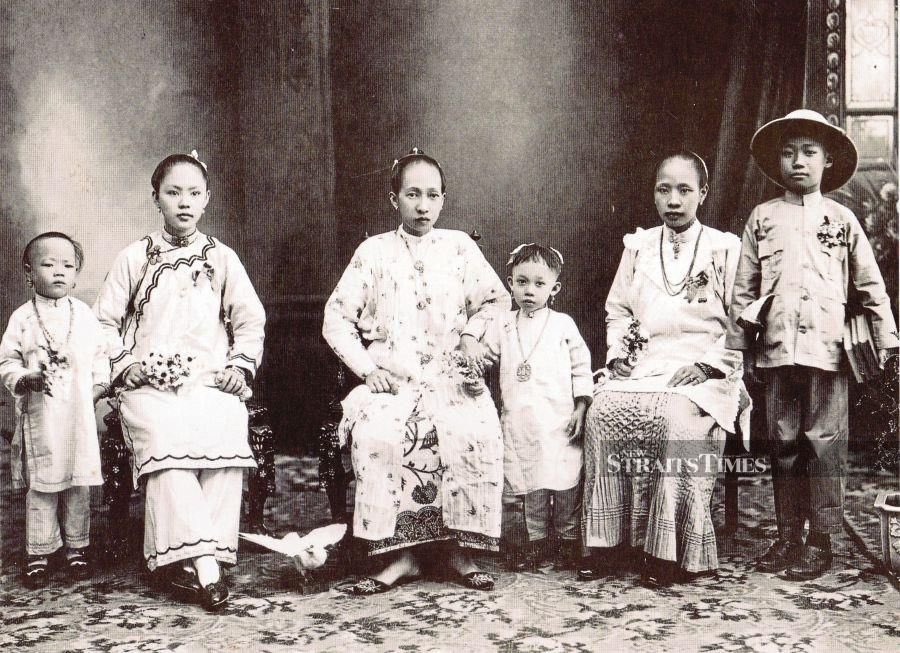Introducing pineapple tarts:
My favourite Singaporean Lunar New Year treat, both for what they taste like and what they symbolise.
You can't get them in the UK, hence why I made my own, but this is why we should.
My favourite Singaporean Lunar New Year treat, both for what they taste like and what they symbolise.
You can't get them in the UK, hence why I made my own, but this is why we should.

Pineapples are native, not to South East Asia, but the jungles of South America.
So it took the Portuguese traders to bring the fruit to the region in the 16th Century, along with the concept of tarts.
Many settled & their descendants speak a local creole Portuguese.
So it took the Portuguese traders to bring the fruit to the region in the 16th Century, along with the concept of tarts.
Many settled & their descendants speak a local creole Portuguese.
But it took a bunch of Nonya ladies (an ethnic group that arose from the intermarriage of Chinese traders & local Malay women) to put the two ideas together.
They obviously knew a thing or two about great combinations.
They obviously knew a thing or two about great combinations.
They caramelised the fresh fruit down for hours with spices first discovered by the region’s indigenous people from local rainforest using sugar, that was first invented in India.
But why are they a Chinese (Lunar) New Year thing?
But why are they a Chinese (Lunar) New Year thing?
Well, in some Chinese dialects the word for pineapple sounds identical to 'bringing luck', so they're considered a really auspicious thing to eat
Huge in ethnic Chinese communities in Singapore, but unknown in China itself.
But here's the really weird (& wonderful) thing...
Huge in ethnic Chinese communities in Singapore, but unknown in China itself.
But here's the really weird (& wonderful) thing...

 Read on Twitter
Read on Twitter







